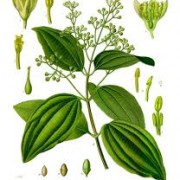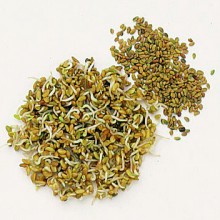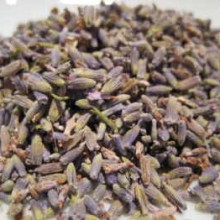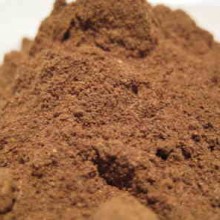The Cinnamon is a small evergreen tree 10-15 metres tall, belonging to the family Lauraceae and native to Sri Lanka and Southern India. The bark is widely known and used as a spice. It is grown elsewhere in the world, Zimbabwe being an up and coming supplier.
Although available throughout the year, the fragrant, sweet and warm taste of the spice is a perfect spice to use during the winter months.
The bark of the tree has a long history both as a spice and as a medicine. It is the brown bark of the cinnamon tree, which is available in its dried tubular form known as a quill or as ground powder. The two varieties of cinnamon, Chinese and Ceylon, have similar flavour, however, the spice from Ceylon (this product) is slightly sweeter, more refined and more difficult to find in local markets
History of Cinnamon:-
The name cinnamon comes from Greek kinnámmon, from Phoenician and akin to Hebrew qinnâmôn, itself ultimately from a Malaysian language, cf. Malay and Indonesian kayu manis “sweet wood”.
Its flavour is due to an aromatic essential oil which makes up 0.5 to 1% of its composition. This oil is prepared by roughly pounding the bark, macerating it in sea-water, and then quickly distilling the whole. It is of a golden-yellow colour, with the characteristic odour of cinnamon and a very hot aromatic taste. The pungent taste and scent come from cinnamic aldehyde or cinnamaldehyde and, by the absorption of oxygen as it ages, it darkens in colour and develops resinous compounds.
Chemical Constituents of Cinnamon:-
Chemical components of the essential oil include ethyl cinnamate, eugenol, cinnamaldehyde, beta-caryophyllene, linalool and methyl chavicol.








